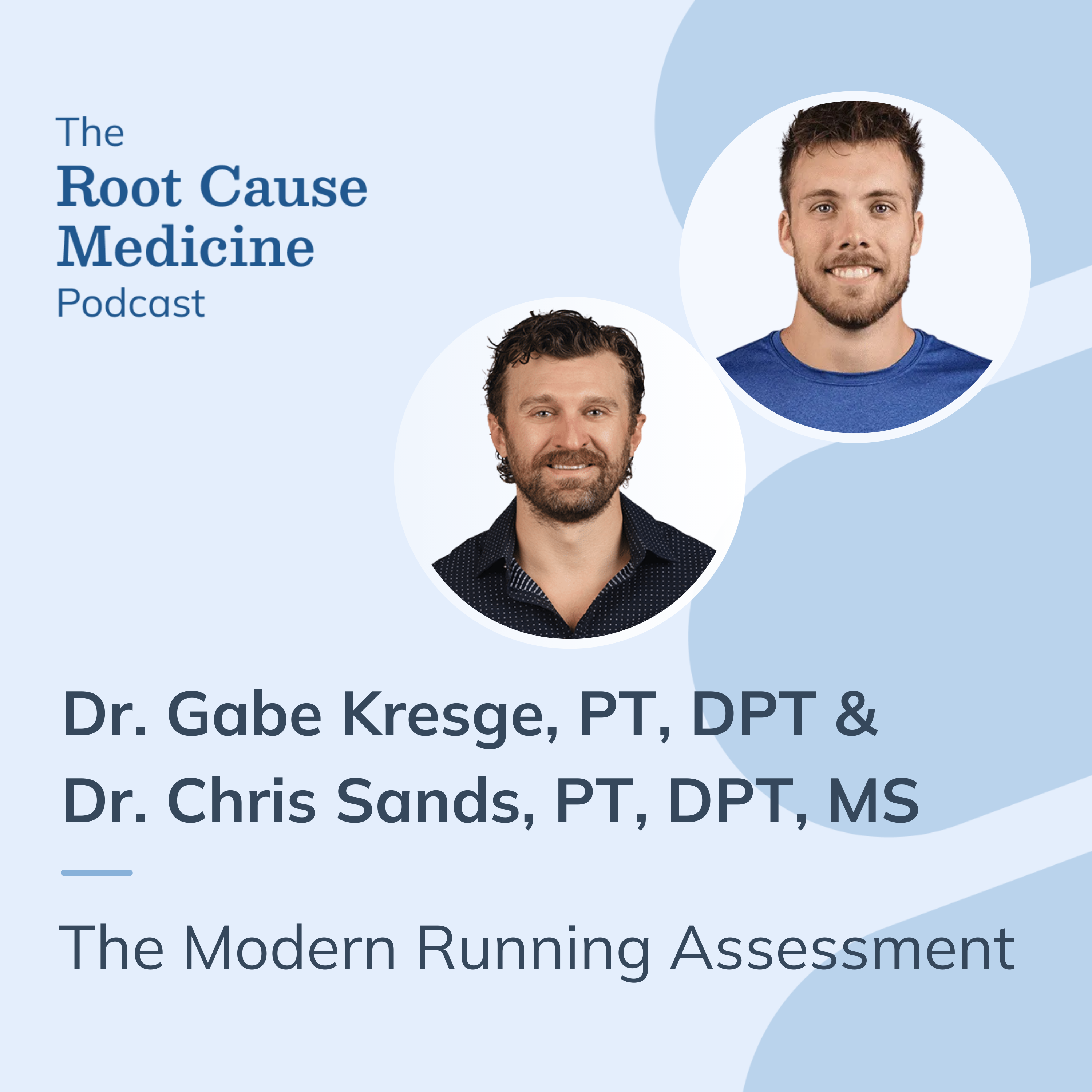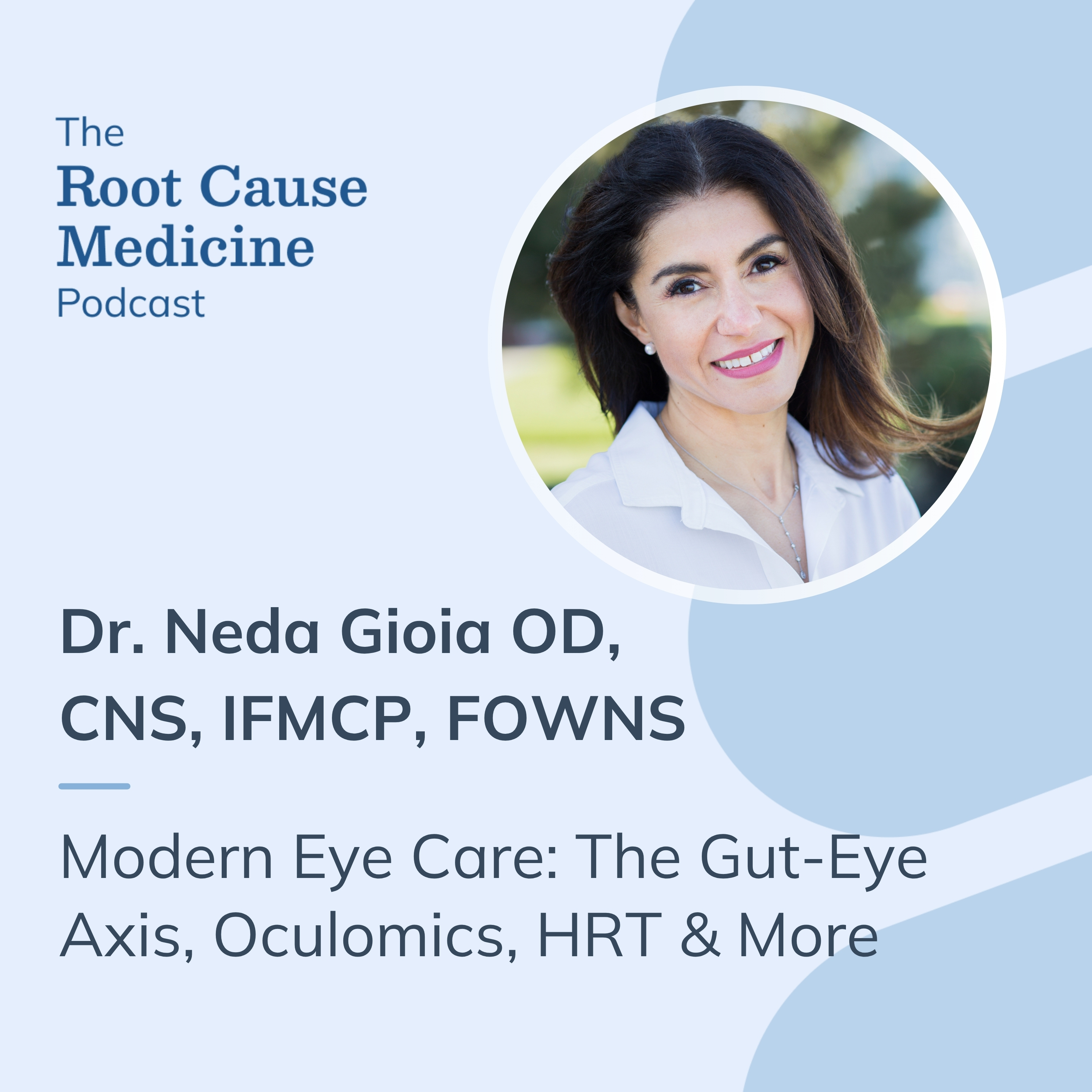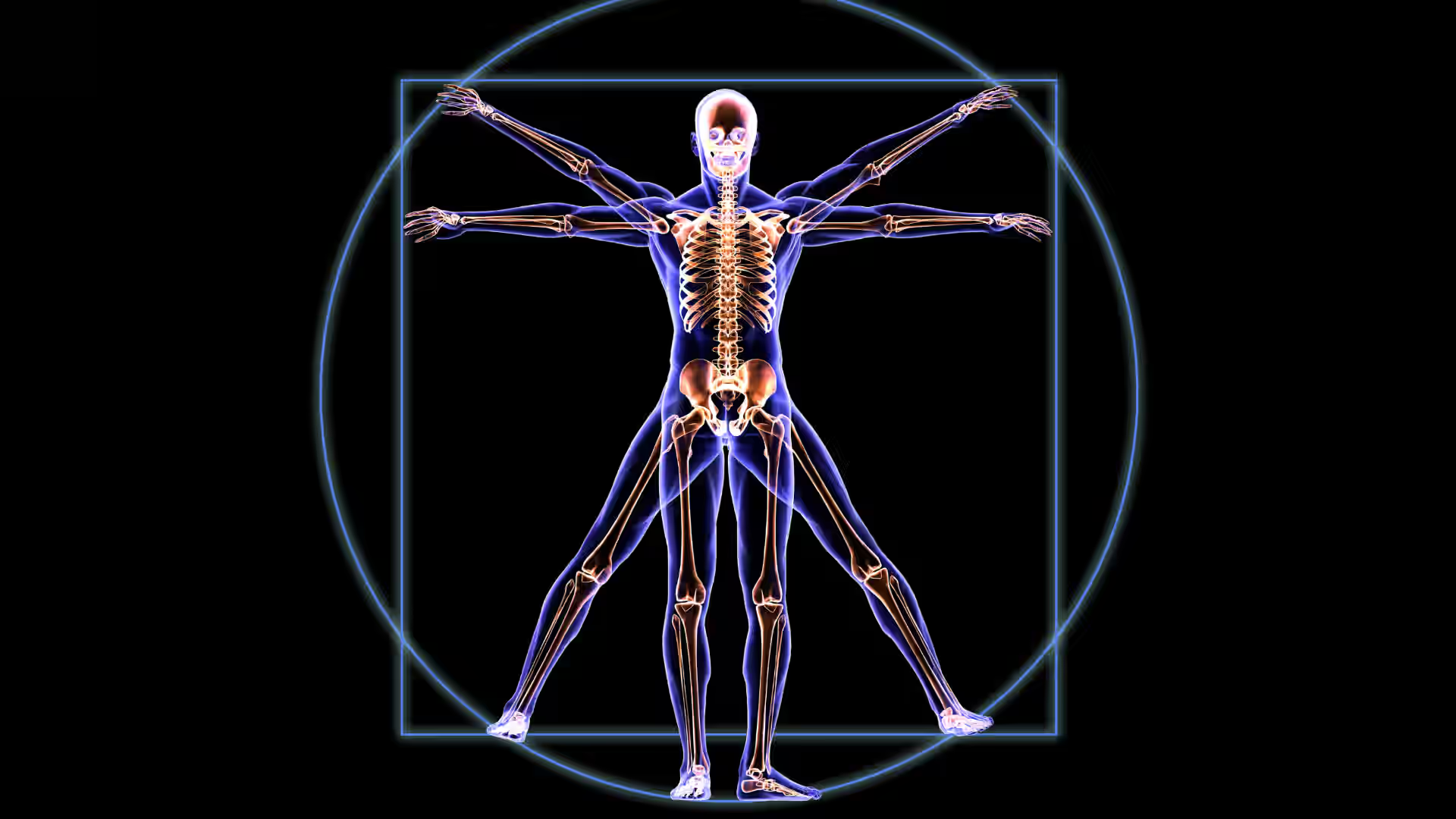Most people think about body fat based on what they can see. But not all fat is visible, and not all fat behaves the same. Some of the most impactful types are stored deep inside the body and cannot be measured with a mirror or a scale.
Visceral fat is one of these types. Unlike the fat just under the skin, visceral fat is more involved in metabolic processes, which can influence essential body functions.
This article is the final part of our series on body fat. It explores visceral fat, its causes, health impacts, and how research suggests managing it through lifestyle habits.
[signup]
Understanding Visceral Fat
To support your health goals, it's helpful to understand visceral fat, where it's located, and why the body stores it.
What is Visceral Fat?
Visceral fat is a type of fat stored deep within the abdomen, surrounding internal organs such as the liver and pancreas. It makes up 10-15 percent of total body fat. Unlike subcutaneous fat, which is the fat you can pinch, visceral fat isn't visible and often goes unnoticed.
Subcutaneous fat, which sits just below the skin, is involved in energy storage and insulation. Conversely, visceral fat is stored deeper in the body and is more involved in metabolic health. Although both types of fat have important functions, they differ in location, density, and activity.
Why Visceral Fat Exists
Visceral fat serves a function in the body. It cushions internal organs and provides a quick energy source when needed. It is part of the body's normal fat distribution in small amounts.
Visceral fat is often called "active fat" because it is more significant in producing and responding to hormones and chemical signals. This fat can release substances that affect energy use, hunger signals, and other internal processes. This activity is one of the reasons it's a focus of health research.
Causes of Visceral Fat Accumulation
Several factors influence visceral fat accumulation. Understanding these factors can help support overall health.
Lifestyle and Diet
Consuming more calories than your body needs results in fat storage, including visceral fat. This imbalance can contribute to abdominal fat buildup, especially if paired with a sedentary lifestyle.
What we eat also matters. Diets high in sugar, processed snacks, and refined carbs are associated with increased visceral fat. These foods cause spikes in blood sugar and insulin, promoting fat storage in the abdomen. Additionally, trans fats are associated with increased visceral fat and may lead to higher inflammation levels, disrupting the body's ability to regulate fat properly.
Biological and Environmental Factors
Genetics, gender, and age all influence where the body stores fat. Some individuals may be genetically predisposed to store more fat in the abdomen.
Hormones also play a significant role in fat storage. For women, menopause can shift fat distribution toward the abdominal area due to lower estrogen levels. Cortisol, the stress hormone, is another factor associated with increased visceral fat accumulation.
Health Risks Associated With Visceral Fat
Excess visceral fat can contribute to several health risks that affect overall well-being.
Cardiometabolic Diseases
Cardiometabolic diseases are a group of conditions that affect the heart, blood vessels, and metabolism. These include high blood pressure, elevated cholesterol, insulin resistance, heart disease, stroke, and type 2 diabetes. These conditions often occur together and are influenced by how the body stores and uses fat and sugar.
Visceral fat is associated with a higher risk of cardiometabolic issues. It can release substances that may affect blood pressure, cholesterol levels, and how the body processes insulin. This activity may increase strain on the cardiovascular system and influence how the body regulates blood sugar.
Research suggests that higher amounts of visceral fat are associated with insulin resistance, a condition in which cells have a reduced response to insulin. This can lead to higher blood sugar levels and may increase the likelihood of developing type 2 diabetes.
Chronic and Degenerative Conditions
Other studies indicate that excess visceral fat may contribute to cognitive decline and conditions like Alzheimer's and other forms of dementia. While the exact mechanisms aren't fully understood, inflammation and hormonal imbalances linked to visceral fat are thought to play a role in brain function.
Visceral fat is also linked to certain cancers, such as colorectal and breast cancer. Its metabolic activity and release of inflammatory substances may contribute to the development of cancerous cells.
Surgical and Functional Complications
Excess visceral fat can complicate surgeries, particularly abdominal procedures. It can make it more difficult for surgeons to access certain areas and increase the risk of complications during and after surgery. It may also slow recovery and raise the chances of post-surgical infections.
In addition, visceral fat is associated with chronic internal inflammation. This can lead to discomfort and pain and possibly contribute to conditions like arthritis or gastrointestinal issues.
Diagnosing and Measuring Visceral Fat
There are several ways to check for visceral fat. Some can be done at home, while others use medical tools to provide more accurate information.
Home Assessment Techniques
- Waist Circumference: Measuring waist circumference is a straightforward method for estimating abdominal fat. For men, a waist measurement above 40 inches and for women above 35 inches may suggest higher health risks.
- Waist-to-Hip Ratio (WHR): This ratio compares the waist circumference to that of the hips. A higher ratio suggests a higher proportion of abdominal fat. Healthy WHR values are below 0.95 for men and 0.85 for women.
- Waist-to-Height Ratio (WHtR): Calculated by dividing waist circumference by height, this ratio provides a simple metric for assessing abdominal fat. An ideal WHtR is below 0.5, regardless of height.
Clinical and Technological Tools
- Body Mass Index (BMI): BMI is a general measure of body weight relative to height. However, it does not differentiate between fat and muscle mass and may not accurately reflect visceral fat levels.
- CT and MRI Scans: These imaging techniques can directly measure visceral fat by providing detailed images of internal body structures. They are typically used in clinical settings for precise assessment.
- Bioelectrical Impedance Analysis (BIA): BIA estimates body fat percentage, including visceral fat, by sending a small electrical current through the body. While convenient, its accuracy can vary based on factors like hydration levels and the type of device used.
How to Reduce Visceral Fat Effectively
Lifestyle changes, including physical activity and diet, may support healthy fat levels and overall health. Talk to your healthcare provider before making changes to your routine.
1. Regular Physical Activity and HIIT
Regular physical activity, such as brisk walking, benefits overall health. High-intensity interval training (HIIT) uses alternating short bursts of intense exercise with recovery periods. This has shown promising results in reducing abdominal fat and improving metabolic health.
2. Strength Training and NEAT
Building lean muscle mass through strength training can aid in reducing visceral fat, as muscle tissue burns more calories at rest than fat tissue.
Non-exercise activity Thermogenesis (NEAT) includes the calories burned through everyday movements such as taking the stairs, standing more, and doing household tasks. Increasing these activities can contribute to overall calorie expenditure and fat loss.
3. Foods to Enjoy
Reducing refined carbohydrates and added sugars can help manage belly fat. Including colorful vegetables, lean proteins, and healthy fats may support a balanced metabolism.
4. Foods to Avoid
Trans fats are found in fried foods, baked goods, and packaged snacks. Sugary drinks, such as sodas and sugary coffee beverages, can also contribute to visceral fat. Limiting these foods can help reduce fat accumulation and support overall health.
5. Intermittent Fasting
Some individuals find intermittent fasting (IF) effective for reducing visceral fat. This eating pattern involves alternating between periods of eating and fasting, which may help regulate insulin levels and promote fat burning. However, IF may not suit everyone, so finding an approach that works for your body and lifestyle is essential.
6. Sleep Hygiene
Quality sleep is essential for managing visceral fat. Poor sleep disrupts hormones that regulate appetite and fat storage. Practicing good sleep hygiene, like maintaining a regular sleep schedule and decreasing screen time before bed, can help. Aim for 7-9 hours of sleep each night to support healthy fat levels.
7. Limiting Alcohol
Excessive alcohol consumption has been associated with increased abdominal fat. Moderating alcohol intake may support healthier fat distribution and overall wellness.
8. Managing Stress
Chronic stress can lead to higher cortisol levels, which have been associated with increased visceral fat. Mindfulness, meditation, and regular exercise can help reduce stress and its impact on the body.
Living With and Preventing Visceral Fat
Maintaining healthy habits and knowing when to seek medical advice can help manage and prevent visceral fat accumulation.
When to See a Doctor
Consult your healthcare provider if you experience unexplained abdominal weight gain, fatigue, or changes in blood pressure or blood sugar. These could be associated with visceral fat or other metabolic issues.
Regular lab screenings for blood pressure, cholesterol, and blood sugar levels can help assess your risk for conditions related to visceral fat. Early detection allows for preventive measures to be taken before complications arise.
Long-Term Health Maintenance
Success in managing visceral fat requires consistent monitoring and healthy lifestyle habits.
Tracking body composition through waist measurements or advanced scans can give you more insight into visceral fat levels than a standard scale. This helps in making informed adjustments as needed.
Maintain consistent daily habits. Focus on a balanced diet, regular exercise, and stress management. Prioritize adequate sleep to support a healthy weight and manage visceral fat.
[signup]
Frequently Asked Questions
Here are answers to some common questions about visceral fat and how it may affect your health.
How do I know if I have visceral fat?
Visceral fat is stored deep in the abdomen and isn't always visible. A larger waistline may suggest its presence, especially when paired with other health indicators like high blood pressure or elevated blood sugar. Clinical tools or professional assessments offer more precise measurements.
Is visceral fat more dangerous than regular fat?
Visceral fat is more active than subcutaneous fat and may influence inflammation, hormone levels, and blood sugar regulation. These effects are associated with increased health risks.
How long does it take to lose visceral fat?
Results vary. Some people may notice changes in a few weeks with consistent lifestyle changes. However, meaningful reduction usually takes several months and depends on factors like diet, activity, and overall health.
Can you lose visceral fat without exercise?
Yes, diet alone can help reduce visceral fat, though combining it with physical activity generally offers greater benefits. Sustainable changes in both areas are most effective.
Are there any supplements that target visceral fat?
There are no proven supplements that directly target visceral fat. Most approaches backed by research focus on lifestyle factors like nutrition, movement, stress, and sleep.
Key Takeaways
- Visceral fat is stored deep in the abdomen and can significantly affect health, contributing to risks like cardiovascular and metabolic diseases. Assessing and managing visceral fat through lifestyle changes, diet, and physical activity can help support long-term health.
- Managing visceral fat requires building sustainable habits, not seeking quick fixes. These habits include staying active through daily movement, preparing balanced meals at home, practicing mindful eating, and staying hydrated.
- If you're concerned about visceral fat, consult a healthcare provider for personalized guidance and risk assessment.
The information provided is not a substitute for professional medical advice. Always consult your doctor or other qualified healthcare provider before taking any dietary supplement or changing your diet or exercise routine.












%201.svg)







